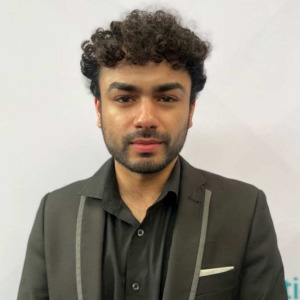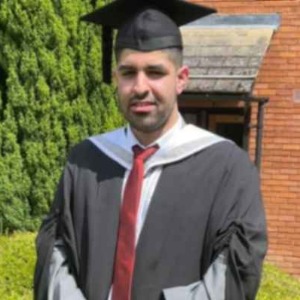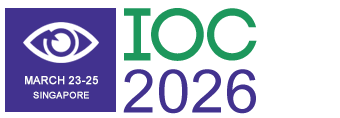HYBRID EVENT: You can participate in person at Singapore or Virtually from your home or work.
New Diagnostic Techniques and Instruments
New Diagnostic Techniques and Instruments
Ophthalmologists are always looking for new ways to provide better treatment to their patients. A key component of this search is the development of more accurate and efficient diagnostic instruments. Diagnostic procedures in ophthalmology have progressed significantly from the early stage of pars plana vitrectomy, when instrumentation and diagnostic tools were limited and the number of entities that could be diagnosed by invasive methods was limited. The application of new instruments has substantially improved eye care and treatment of common eye conditions. The ability to identify and treat eye problems, as well as the overall quality of eye care, will increase as new technologies are created.
- Noninvasive Diagnostic Techniques
- Diagnostic Procedures in Ophthalmology
- Diagnostic Therapeutic Instruments
- Ophthalmic Instruments and Diagnostic Tests
Committee Members

Anna Maria Bassi
University of Genoa, Italy
Tim Jackson
King’s College London, United Kingdom
Shadrokh Nabili
University Hospitals of Morecambe Bay NHS Foundation Trust, United Kingdom IOC 2026 Speakers

Rafael Hamawi
Brooke Army Medical Center, United States
Shayaan Kaleem
University of Toronto, Canada
Arrane Selvamogan
Leicestershire Partnership NHS Trust, United Kingdom




Title : Rare and interesting case of Goldenhar’s syndrome in a 3 years old male child
Gowhar Ahmad, Florence Hospital Srinagar, India
Title : Management of common vitreoretinal lesions: An overview and update
Tim Jackson, King’s College London, United Kingdom
Title : Targeting immunological pathways in Behcets uveitis
Hashim Butt, Bolton Royal Hospital, United Kingdom
Title : Evaluating the quality and readability of AI chatbot responses to frequently asked questions on basal cell carcinoma: Implications for patient education and digital health communication
Arrane Selvamogan, Leicestershire Partnership NHS Trust, United Kingdom
Title : Optimizing astigmatism management in refractive cataract surgery
Shadrokh Nabili, University Hospitals of Morecambe Bay NHS Foundation Trust, United Kingdom
Title : Blood sugar measurement in acute anterior uveitis a life saving link
Shie Wei Chan, Manchester Royal Eye Hospital, United Kingdom